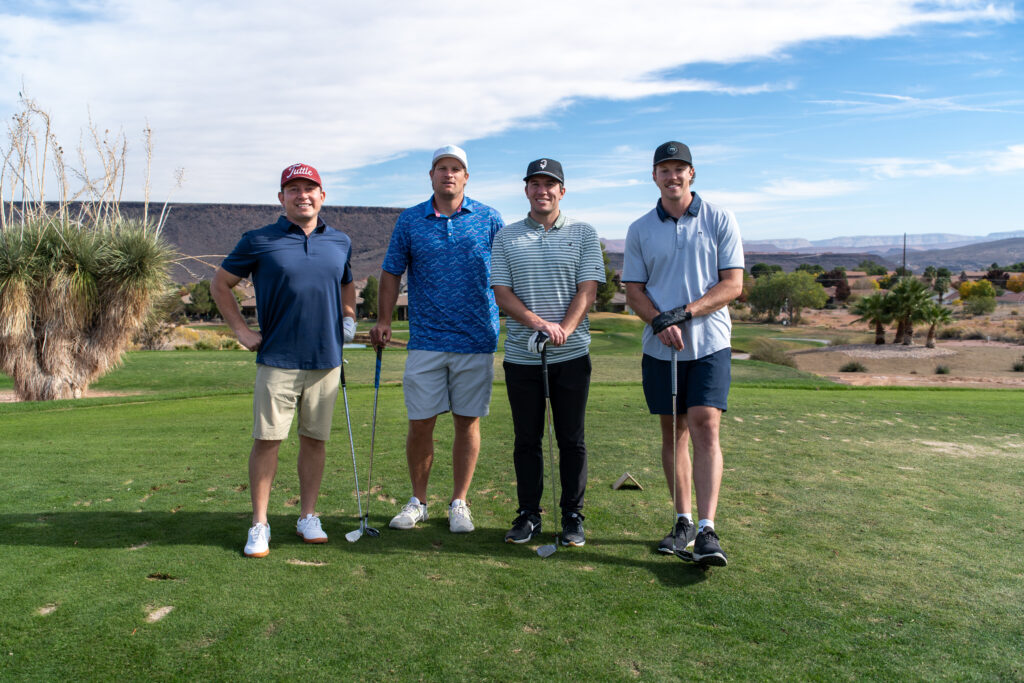The driver of a vehicle must give audible warning with the horn of the vehicle when necessary to insure safe operation.
The driver of a motor vehicle must drive as far to the right-hand edge of the roadway when driving in canyons or mountain highways, and give an audible warning with the horn when approaching a curve with no visibility for at least 200 feet of the road.
Negligence and Failure to Sound Horn
Although each driver has the duty to give warning of one’s vehicles with a horn when such warning should be given, failure to do so doesn’t necessarily constitute negligence if there is no certain necessity for the warning to be given. Also, the failure to use the horn as a warning must be the cause of the accident for the plaintiff.
There is no particular specification of when the horn should be used. But, the driver is required to exercise due care and judgment.
Brake Failure
Liability for Brake Failure
A driver of a motor vehicle is not responsible for any damage caused by failure of brakes if the defect could not be discovered with regular reasonable care of the vehicle. If the driver knew about the defect and took no action to repair or remedy the faulty brakes, he is at fault for damages.
Operator’s Duty Upon Brake Failure
If there is a break failure, and the driver has no liability because of lack of knowledge, the driver is still responsible to do all that is reasonable to avoid an accident and consequential damages. These precautions might include swerving to avoid objects or vehicles, using the emergency brake, or using the horn to give audible warning as necessary.
Coasting of Vehicles
The driver of any motor vehicle must not coast with the vehicle in neutral. A truck or bus driver, when driving on a downgrade area, must not coast with the clutch disengaged.
Common Carriers
A “common carrier” is a person that works in the business of transporting passengers or freight. Common carrier does not mean “carpooling,” “ridesharing,” or transporting another person or people to or from a common place of employment (fewer than 6 passengers).
Standard of Care
A common carrier driver is responsible to use a higher level of care when operating a vehicle in order to protect the safety of the passengers. This includes drivers of taxis, buses, trains, and other public transit. This responsibility is described as “utmost care” or the “highest degree of care.” The driver is responsible for even the slightest neglect that causes damage. However, if there is an accident, the common carrier does not insure the passengers, but there is an implication in the case of an accident that utmost care has not been executed.


